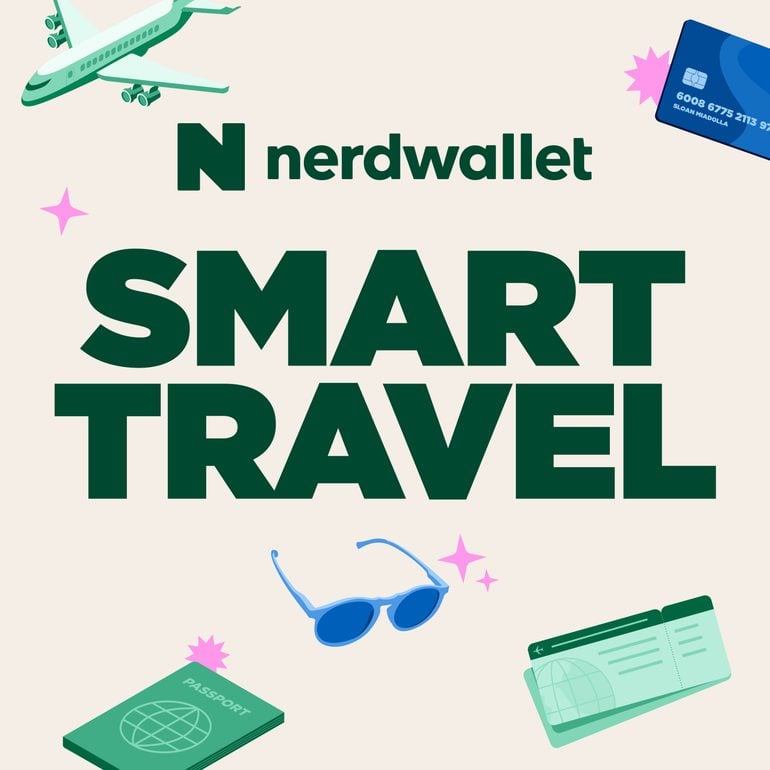NerdWallet Podcasts
NerdWallet Podcasts
NerdWallet's podcasts provide listeners with insights and guidance to help them make smarter financial decisions. Whether you have questions about personal finance or want to learn how you can travel more but pay less, our genius Nerds have you covered.
On our finance podcast, Smart Money, hosts Sean Pyles, CFP®, and Elizabeth Ayoola dig into finance topics and business news to help keep you informed. They also answer listener questions on topics ranging from credit cards, homeownership, investing, debt management, and much more, providing strategies and recommendations you can take with you to improve your financial outlook.
On our travel podcast, Smart Travel, hosts Meghan Coyle and Sally French discuss tips and tricks you can use to travel more and pay less. Whether it's getting access to airport lounges, getting compensated for travel interruptions, or getting the most out of your travel credit cards, Meghan and Sally are here as your guides to help you get the most out of your travel budget.
Our Shows






The latest from Smart Money
What do you do when the markets are constantly changing? Learn how to stay calm during market volatility and whether a HELOC or cash-out refi makes sense for your home reno goals.
The latest from Smart Travel
How can you avoid overspending on wedding travel? Learn strategic ways to save on wedding travel — whether you're planning the big day or celebrating someone else's.
Popular episodes
On the Smart Money podcast — which was nominated for the Best Branded Podcast award at the 2025 iHeart Podcast Awards, and included on the list of best personal finance and money podcasts in 2025 by Life Hacker — listeners tune in to hear about topics such as tips on managing money, retirement planning, strategies for budgeting, tips for homebuying, and much more to help them make smart money moves.
How to Get Ready for a Recession and Choose Enough Car Insurance
Learn how to prepare for a possible recession and make sure your car insurance coverage is enough to protect your finances.
401(k) vs. Brokerage Account: Which Is Better for Retirement Savings? Plus, the National Debt Explained
Learn about the U.S. national debt and how it impacts economics and what options to explore if your employer-offered 401k plan seems limiting.
Will New Tariffs and Tax Rules Cost You? (Plus: Travel Rewards & Roth IRA Tips)
Get the latest on tariffs, federal spending and the CFPB shake-up — plus answers to your travel credit card and Roth IRA questions.
On the Smart Travel podcast — the best travel podcast if you're looking to maximize your budget — Sally and Meghan dive deep into how to budget for travel, the best travel credit cards, how to avoid costly travel mistakes, and more, so listeners can find ways to travel more but pay less.
Secrets to Finding Cheap Flights and Avoiding Fees, Straight from Scott’s Cheap Flights
Learn when to book flights, how to spot mistake fares, and ways to use lesser-known tips like booking stopovers and tapping into rideshare rewards.
How to Budget for Trips: When to Book and How to Avoid Hidden Fees
Learn how to budget for travel, save on flights, and maximize credit card rewards for your next trip.
How to Get Elite Travel Perks Without Traveling Every Week or Overpaying
Learn when elite status is worth it, plus how to earn attractive airline and hotel perks even if you don’t constantly travel.